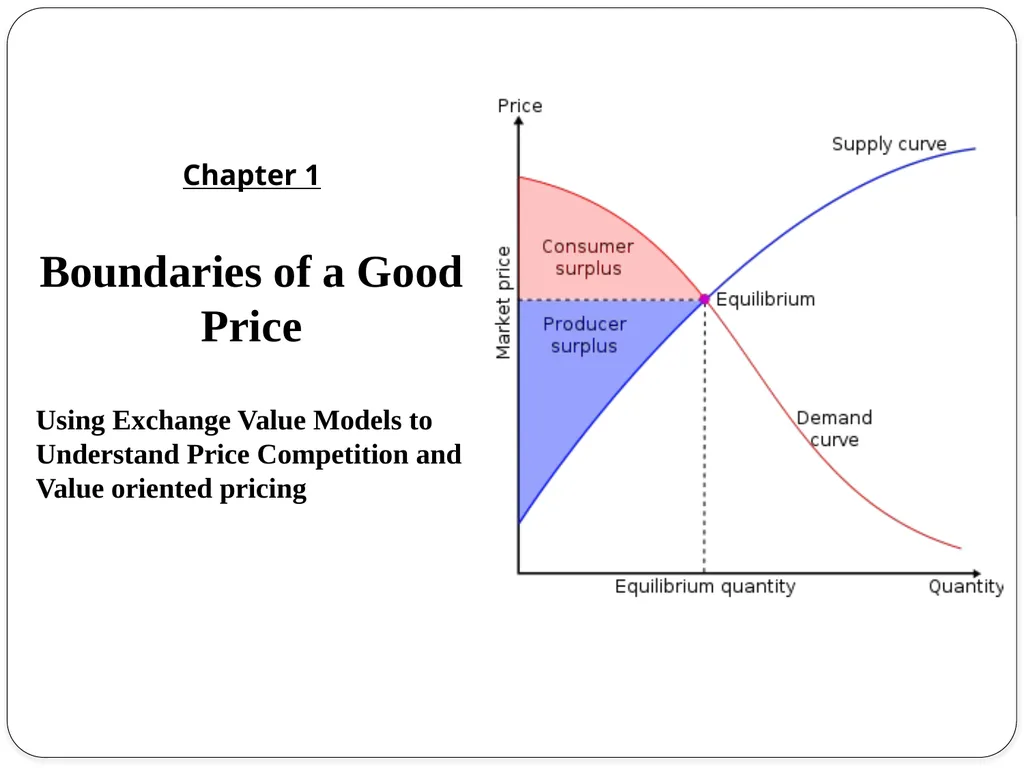
Chapter 1 Boundaries of a Good Price Using
Author: lois-ondreau | Published: 2025-05-29
Description: Chapter 1 Boundaries of a Good Price Using Exchange Value Models to Understand Price Competition and Value oriented pricing Agenda Who is involved in pricing decisions? Why is pricing so important to the health of the firm? Can firms
Download Presentation
Download the PPT/PDF: Download
Transcript:
Loading transcript…